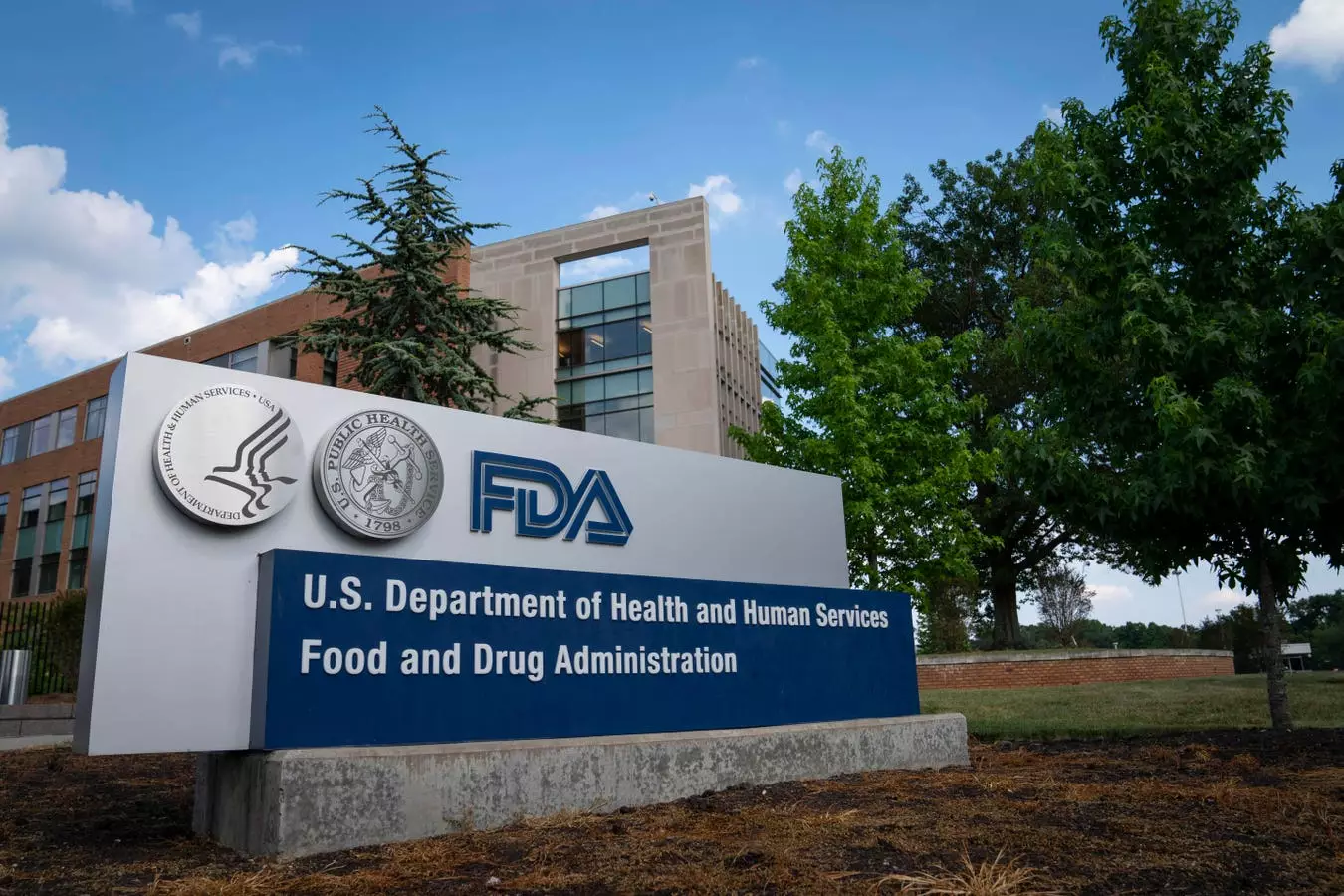The recent ban on Red No. 3 by the Food and Drug Administration (FDA) marks a significant yet cautious step towards the reform of artificial coloring in food products. Set for complete removal by January 2027, this decision reflects growing health concerns surrounding synthetic dyes in our diets. However, it’s critical to note that eight other artificial dyes remain approved for use in the United States, leading to an essential question: What are these dyes, how have they integrated into our food supply, and what risks do they carry?
For decades, brightly colored foods have delighted consumers, particularly children, creating a connection between color and flavor that has resulted in unprecedented market strategies among food manufacturers. Synthetic dyes, primarily derived from petroleum-based compounds, have been used to enhance the visual appeal of everything from candies to beverages. Consumer Reports has highlighted that more than 90% of fruit-flavored snacks and candies contain at least one of these synthetic dyes. While the ban on Red No. 3 is a leap forward, the remaining eight dyes, including Red 40, Yellow 5, and Yellow 6, are still widely prevalent.
Certain candies, cereals, and drinks, once considered merely tasty treats, may pose health risks to consumers. Health experts have raised the alarm about the potential links between artificial colors and various health issues, including hyperactivity and even cancer. This is especially troubling for vulnerable populations, such as children, who are more likely to consume foods laden with these artificial additives.
The potential dangers of synthetic dyes are under scrutiny as scientific research increasingly correlates these additives with a range of health issues. Evidence supports the idea that consumption of these dyes may lead to hyperactivity and may exacerbate Attention Deficit Hyperactivity Disorder (ADHD) symptoms among children. Moreover, certain dyes have been flagged for their potential carcinogenic properties—a risk that compels consumers and healthcare professionals to rethink dietary choices.
The ongoing debate around artificial dyes has drawn attention to their prevalence in the American food supply. A significant proportion of brightly colored products, from cereal to candy, are likely to contain these artificial colorings. As scrutiny increases, so too does consumer demand for transparency in food production.
Many food manufacturers have promised reform. Companies like General Mills and Kellogg’s have announced intentions to remove artificial colors from their products, but such commitments are often slow in implementation or remain incomplete. These companies frequently use synthetic dyes to maintain vibrant visual appeal in their offerings, which, they argue, is crucial for consumer interest and sales. The dilemma arises: if companies are pressured to eliminate these dyes for health reasons, they may face dwindling revenues, potentially affecting stock prices and overall business performance.
In a consumer-driven market, where health-conscious choices are gaining traction, corporations find themselves at a crossroads. The recent ban on Red No. 3 could signal the beginning of a larger movement toward removing other hazardous additives from food products. The implications for those relying on synthetic dyes to bolster sales could be profound.
The burgeoning call for healthier food options aligns with a broader societal trend toward transparency and wellness. The potential nomination of figures like Robert F. Kennedy Jr. could amplify this movement, further pressuring regulatory bodies to examine and potentially reassess the existing list of approved food dyes.
As consumers become more aware of what is in their food, companies are under increasing scrutiny regarding their ingredient choices. The bottom line is simple: if companies want to thrive in this changing landscape, they must adapt to consumer preferences for cleaner, healthier food options.
The ban on Red No. 3 represents a vital shift in regulatory policy, yet it serves only as a selective initial step towards a larger goal: the elimination of harmful artificial food dyes. With eight other dyes still in circulation, continued vigilance is essential. As public consciousness grows regarding the health risks associated with synthetic dyes, increased regulatory oversight may not just be inevitable, but necessary in fostering a safer food system. Companies that embrace this change and prioritize consumer health could lead the way in reshaping America’s food landscape, paving the way to a more transparent and health-oriented market.

